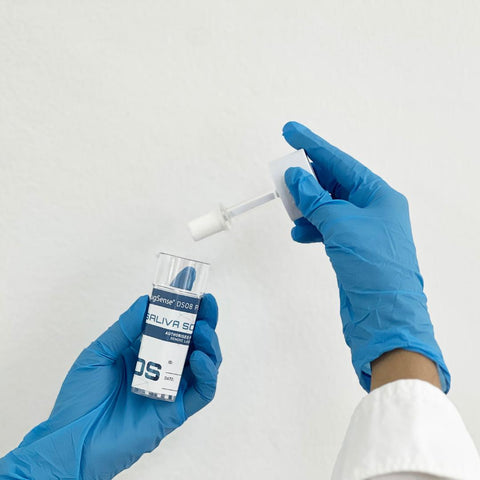Imagine this: You’re an HR or safety manager, and you’ve just received a call from the testing officer. One of your employees has returned a non-negative drug test. The report sits in your inbox, your phone is buzzing, and questions start racing through your mind:
- Can this employee continue working today?
- What if they’re operating machinery or driving?
- What are my legal responsibilities under WHS law?
- What if the result is wrong, and I act too quickly?
It’s a stressful moment—and how you respond can have lasting consequences for both your business and your people.
This is why having a clear process, grounded in best practice and compliance with Australian Standards, is critical. Let’s walk through the right steps to take when dealing with a positive drug test in the workplace.
1. Treat initial results as “non-negative”
In Australia, point-of-care and immunoassay screening kits are only the first step. A non-negative result is not conclusive.
Under AS/NZS 4308:2008 (urine) and AS/NZS 4760:2019 (oral fluid), all non-negative results must be sent to a NATA-accredited laboratory for confirmation using highly accurate methods such as GC-MS or LC-MS.
Until confirmation is received, avoid disciplinary action. Acting too early risks unfair treatment and potential challenges under workplace laws.
2. Align with your workplace drug and alcohol policy
A clear, consistently applied Drug and Alcohol Policy is your best defence. It should set out:
- Testing procedures and circumstances.
- How non-negative results will be managed.
- Confidentiality measures.
- Consequences for confirmed positives.
It should also cover different testing scenarios, including:
- Random drug testing
- Pre-employment drug testing
- Incident-based drug testing
Need help? See our guide to creating a workplace drug and alcohol policy.
3. Communicate fairly and respectfully
Receiving a non-negative result can be stressful for employees. Handle the conversation with care:
- Deliver results privately and respectfully.
- Allow the employee to explain, including the use of prescription medications.
- If an employee openly admits to drug use, it is at the employer’s discretion whether to treat that as a positive—but only if your policy supports this and it is applied consistently.
Fair, consistent communication builds trust and protects against claims of bias.
4. Off-duty use vs. on-duty risk
Not all positive tests mean an employee was using drugs at work. Sometimes, the individual may have used substances off-duty, but still return a non-negative test while on shift.
In Australia, what matters most is whether the employee is fit for work. Employers have a duty of care under WHS laws to ensure staff are not impaired while performing their duties—particularly in safety-sensitive roles.
READ MORE: Model WHS Laws Australia
Best practice:
- Confirm all results with a NATA-accredited lab.
- Assess whether the employee is impaired or poses a safety risk.
- Follow your workplace drug and alcohol policy—this should clearly state expectations around being “fit for duty,” not just avoiding drug use at work.
- Offer support services where appropriate.
In short, off-duty choices become a workplace issue if they impact safety, performance, or compliance during work hours.
5. Take proportionate action after confirmation
Once confirmation arrives from the lab, employers can take proportionate steps, such as:
- Temporarily removing the employee from safety-sensitive roles if there are fears of impairment risks on-the-job.
- Applying disciplinary measures consistent with policy (warnings, suspension, or termination for serious breaches).
- Ensuring all actions comply with the Fair Work Act and WHS obligations.
6. Provide support pathways
Not every confirmed positive needs to end in dismissal or punishment. Many Australian workplaces now prioritise rehabilitation, offering:
- Employee Assistance Programs (EAPs) for counselling.
- Referrals to treatment and rehabilitation providers.
- Return-to-work agreements with ongoing monitoring.
This approach supports employees while protecting the business, reducing risks of unfair dismissal disputes.
7. Use reliable and compliant testing solutions
Accuracy matters. Employers should always use drug testing kits that are AS/NZS compliant and defensible in court.
Andatech provides a complete range of drug testing kits trusted across Australia.

Spotlight: The DSO8+ saliva drug testing kit is a fast, accurate, and non-invasive option that complies with AS/NZS 4760:2019. It’s simple to use on-site, detects multiple drug classes, and delivers reliable results—ideal for Australian workplaces committed to safety and compliance.
Conclusion
A positive drug test doesn’t need to create chaos. By treating screening results as presumptive, following a clear policy, communicating fairly, and using compliant tools, Australian workplaces can strike the right balance between safety, compliance, and care for employees.
Contact Andatech for free consultation on implementing a drug and alcohol testing program!





